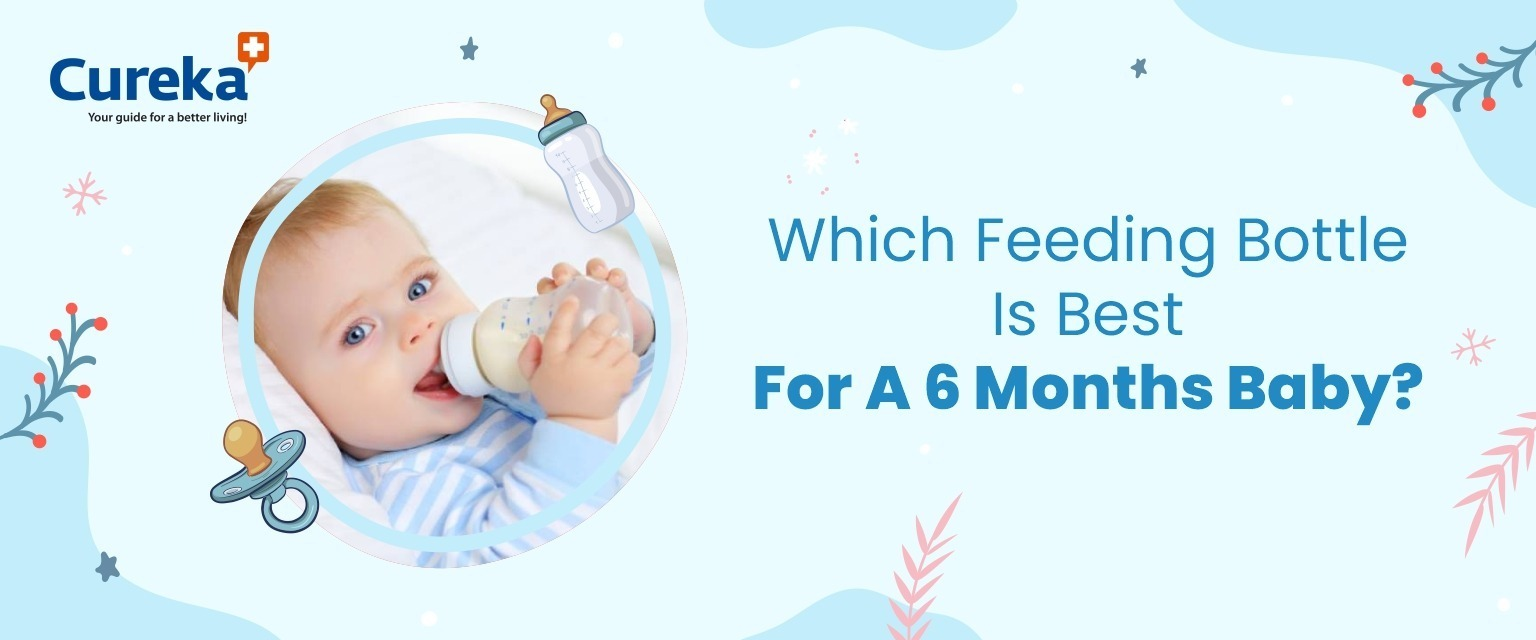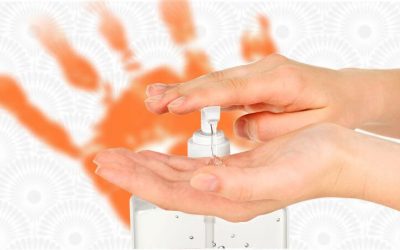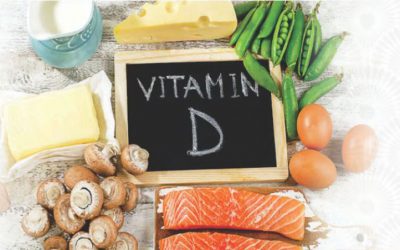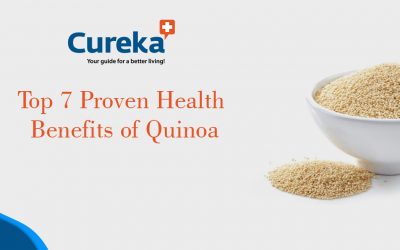Which Feeding Bottle is Best for a 6 Months Baby?
When do Babies Start Drinking From a Bottle?
When it comes to introducing your baby to a bottle, the timing is important. Generally, bottles can be introduced between four and six months old. While some babies may show signs earlier in their development that they are ready for their transition from breastfeeding or formula, it’s best to wait until four months at least so as not to interfere with proper nutrition and digestion.
Additionally, waiting until six months allows them time to develop neck muscles that will make holding the bottle a bit easier. When the mother can’t breastfeed bottles are best option for the newborn. Few women face problems like flat nipples, inverted nipple, sore nipples, or may be isolated from the infant due to medical reasons. In such cases they can express breastmilk using breast pump and use feeding bottles that are designed to give natural feel of sucking from breast. Of course, all babies are different, so consult your child specialists if you have any questions about when to introduce a bottle.
How Much and How Often Should you be Feeding your Baby During their First Six Months of Life?
When it comes to determining the right amount and frequency of feeding your newborn, there is no single answer that fits all cases.
Newborn babies need frequent feedings—about 8-12 times a day during their first month —to ensure they get enough nutrients to develop properly in those crucial first weeks.
After the first month, feedings should be every 2-3 hours or as necessary. In terms of amount, a good rule of thumb is for your baby to take about 2 1/2 ounces per pound of body weight each day over the course of 5-7 feedings.
In other words if your baby weighs 8 pounds, then her daily intake should be approximately 20 ounces spread throughout multiple feedings. However, this figure can vary depending on the baby’s individual needs and growth rate so be sure to adjust accordingly.
The bottom line is look for cues from your baby—such as when they’re hungry and full—so that you can provide them with all the nutrition they need as they transition into solid food.
What are the Benefits of Using Bottles over Breastfeeding Exclusively?
The main benefit of using a bottle over breastfeeding exclusively is convenience. It gives parents the freedom to feed their baby wherever, whenever, and with whatever schedule works for them.
Those who work long hours may find it hard to make the time to breastfeed and instead prefer the convenience of pre-made formula that can be put in a bottle. Additionally, if a mother needs a break or is unable to breastfeed due to certain health issues, they have the option of giving their child a bottle which still helps ensure they get the nutrition they need.
Lastly, feeding bottles give dads an opportunity to become involved in feeding as it’s something they too can do. Overall, there are plenty of benefits that make using feeding bottles an attractive option for many parents.
How to Wean a Baby From Breast Milk to a Bottle?
Weaning a baby from breastfeeding to a bottle can be an overwhelming process for both parents and baby. To make the transition as smooth and easy as possible, it is advised to start slowly by introducing a bottle with expressed breast milk or formula while you continue to actively nurse.
The first few tries may be difficult, but it’s important that your baby remains comfortable when transitioning, so take the time to practise this gradual approach.
Consider which type of feeding bottle best suits your little one’s needs – some babies prefer certain shapes, textures, or materials – and remember that patience is key! Some of the feeding bottles for your reference.
SIPFE Stainless Steel Feeding Bottle
Mee Mee Advanced Milk-Safe Baby Feeding Bottle
Philips Avent Natural Feeding Bottle
With these tips in mind, you can help your little one make the switch seamlessly so they can continue thriving.
What Types of Bottles and Nipples are Available on the Market?
When it comes to feeding bottles and nipples, there’s a huge selection of products available to suit the unique needs of both parents and babies. From different materials such as glass, plastic or steel to a variety of shapes, sizes, and styles of nipples, choose the right one that suits for your baby. For newborns to first few weeks feeding bottle with minimum volume may be easy to feed, also don’t forget to check the flow rate.
Whether you’re looking for a proven traditional style to soothe your newborn or hoping to find a bottle that will reduce air intake while your baby feeds, there are plenty of options on the market. With a little knowledge and some trial and error you’re sure to find the perfect bottle-nipple combination for you and your baby.
Tips for Preparing Formula or Expressed Breast Milk Correctly in Order to Avoid Stomach Upset
Preparing infant formula powder or expressed breast milk correctly is a crucial step to ensure your baby does not get a stomach upset. Start by thoroughly washing and drying your hands before handling any feeding items, such as bottles and nipples.
Next, measure the exact amount of water that’s recommended by the formula instructions. It is important to not use overly hot water, since this can denature an infant’s proteins and cause colic and constipation.
Once the formula or expressed breast milk has been prepared, store it in the fridge; you may also store it at room temperature for up to four hours. Feed your baby immediately after preparing the formula or expressed breast milk rather than prepping multiple bottles for later feedings to ensure the nutritional content stays intact.
Conclusion
Introducing a bottle to your baby can provide convenience and flexibility for feeding. By following the recommended guidelines, being patient during the transition, and ensuring proper preparation of formula or expressed breast milk, you can help your baby adjust comfortably and continue to receive the necessary nutrition for their healthy growth and development.











